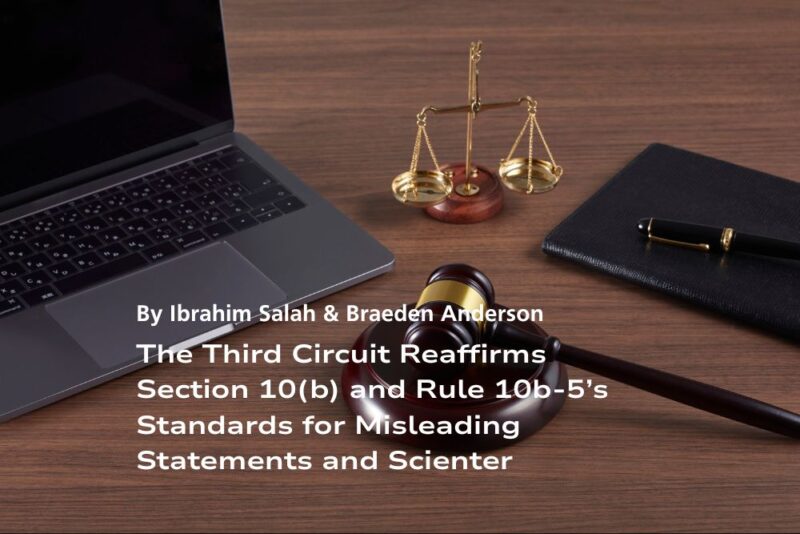On June 5, a unanimous Supreme Court ruled that majority-group plaintiffs cannot be held to a higher evidentiary standard than minority-group plaintiffs when bringing claims for discrimination under Title VII. In other words, all plaintiffs must meet the same standard when establishing a prima facie case for discrimination, regardless of whether they are in a majority or minority group.
In Ames v. Ohio Department of Youth Services, the plaintiff brought a lawsuit alleging that her employer denied her a promotion and subsequently demoted her because of her sexual orientation. As with all claims of discrimination under Title VII, Ames’ claim proceeded under the McDonnell Douglas framework. The first step of this framework requires the plaintiff to establish a prima facie case of discrimination “by producing enough evidence to support an inference of a discriminatory motive.” Ames, 2025 U.S. LEXIS 2198, at *7-8 (June 5, 2025). Because Ames is heterosexual, however, and therefore a member of a majority group, she was subject to the Sixth Circuit’s “background circumstances” rule. Under this rule, members of a majority group face a heightened evidentiary standard to establish their prima facie case of discrimination under Title VII. In addition to establishing the traditional elements of discrimination, this rule required Ames to also show “background circumstances to support the suspicion that the defendant is that unusual employer who discriminates against the majority.” Id. at *4.
In rejecting the imposition of a higher burden on plaintiffs in a majority group, the Court looked to the text of Title VII. Writing for the majority, Justice Jackson noted “Title VII’s disparate-treatment provision draws no distinctions between majority-group plaintiffs and minority-group plaintiffs . . . [b]y establishing the same protections for every ‘individual’—without regard to that individual’s membership in a minority or majority group—Congress left no room for courts to impose special requirements on majority-group plaintiffs alone.” Id. at *9. The Court emphasized that precedent spanning more than 50 years supported this understanding of the statute.
Contact Us Today With Any Questions!
What does this mean?
For Massachusetts employers, nothing has changed; the First Circuit never adopted the heightened “background circumstances” rule, so majority-group members did not face a heightened burden in bringing discrimination claims.
For those in jurisdictions which had adopted the “background circumstances” rule, the Ames decision affirms the application of the traditional McDonnell Douglas framework to all claims of discrimination under Title VII, regardless of whether the plaintiff is a majority-group or minority-group member. All plaintiffs must clear the same hurdle to establish a prima facie case for discrimination; “the standard for proving disparate treatment under Title VII does not vary based on whether or not the plaintiff is a member of a majority group.” Id. at *10.
Contact David Today
Check Out Our Latest Publications:
- SEC CHAIR OUTLINES PLAN TO BRING CLARITY TO DIGITAL ASSET OVERSIGHT

- CRYPTO TAX: YEAR-IN-REVIEW

- The Third Circuit Reaffirms Section 10(b) and Rule 10b-5’s Standards for Misleading Statements and Scienter

- SEC Chairman Paul Atkins Announces Updates to Wells Process

- SEC Policy Update: Coordinated Review of Settlements and Waivers Restored

- SEC Provides Key Update on Treasury Clearing Rule Implementation

